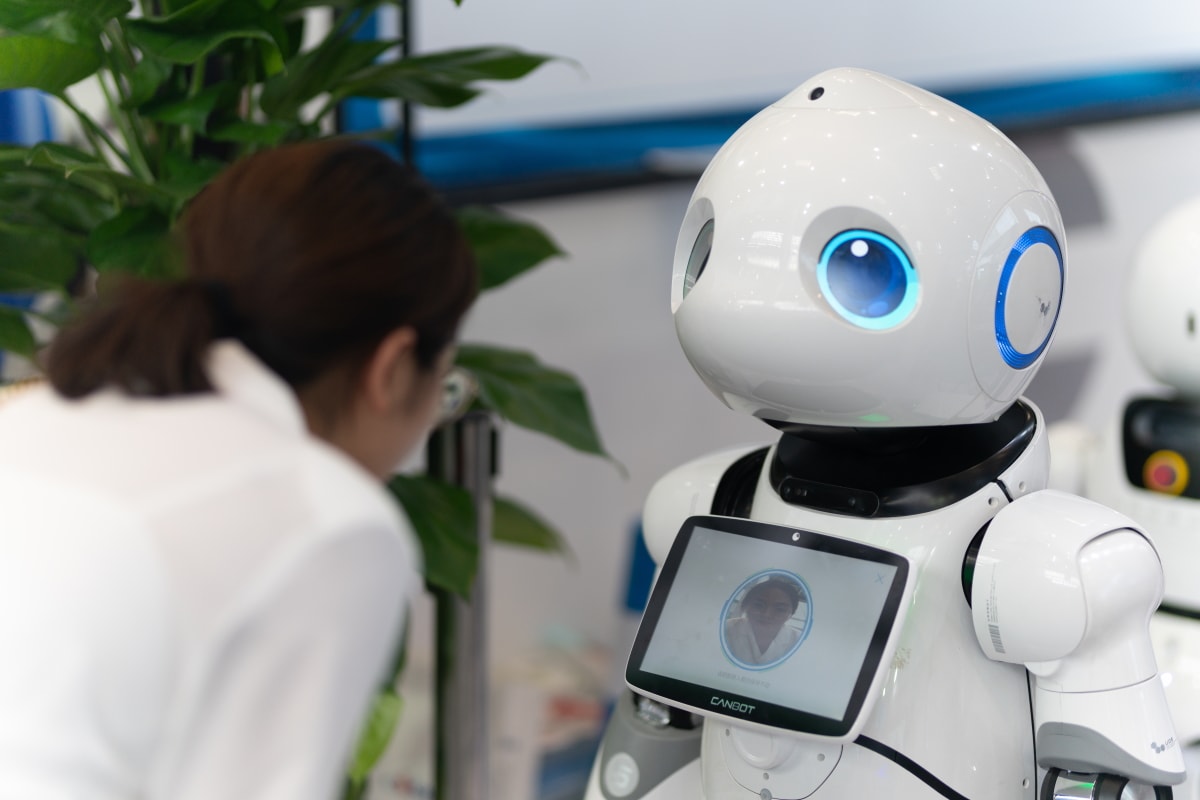The increasing production of affordable industrial robots has led to a rapid increase in automation in factories, hence leading to a rise in the demand for robots’ skills. The International Federation of Robotics (IFR) estimates that around four million industrial robots will be working in factories all over the World by 2022 – and that the robots will play a big role in the post-corona economy speed up.
However, it is the role of governments and companies all over the world to provide the skills needed to work with the modern intelligent automations and robots, says Milton Guerry, President of the IFR. He preditcs that there will be an increase in the deployment of robotics to cater for the post-corona recovery. This is creating a need for policies and strategies that will help workforces to work in the new environments of the more automated economies.
As of today, only four countries have education policies in place that are mature enough to provide solutions for the challenges of an automated economy, according to the “Automation Readiness Index” published by the Economic Intelligent Unit. These are South Korea, Estonia, Singapore and Germany. The overall index is led by South Korea, then Germany followed by Singapore and Japan. It might come suprisingly, but China is on rank 12 classified as developing, only shortly before Malaysia (14) – leading the as emerging defined countries. The other Asian countries listed in the index are India (18), Vietnam (24) and Indonesia (25).
Asia – leading in industrial robot density
Global research by IFR shows that robot density in manufacturing is on the rise. Robot density is defined as the number of robots per 10,000 workers in an industry. Again, South Korea is leading the list with the highest robot density in the manufacturing industry. The country has held the position since 2010, and now their robot density exceeds the global average by an eightfold. The high growth is mainly a result of the continued installation of robots mostly in the automotive and the electrical/electronics industries, accoring ti IFR.
Singapore is in the second position with a rate of 488 robots for every 10,000 employees according to the report. About 90 per cent of these in the country are in the electronics industry. The third position goes to Germany with 309 units. Then Japan comes fourth with 303 robots per 10,000 employees. Japan is also the World’s predominant industrial robot manufacturer with a production capacity of 153000 units. They are manufacturing 52% of the global supply.
Restaurant robots in South Korea
While the manufacturing and processing industry are already using robots extensively, robots are slowly taking over other fields as well. However, robots still struggle with simple tasks when introduced in unpredictable urban settings. But their deployment could be of great benefit e.g. to small and medium-sized business in the Japan economy that has to battle an aging society. Commercial robots could furthermore support businesses that have been hit hard by the coronavirus as they have to cope with fewer workers.
In South Korea, such commercial robots are slowly finding their way into everyday life. LG Electronics is already operating robots for various applications in restaurants. A first unit of the so-called Cloi ServeBot carries food to tables in a restaurant in Seoul. It also shows various facial expressions on its screen while serving customers. The same restaurant’s buffet chain is also using a noodle-making robot made by LG. The company furthermore launched care-giving robots to Seoul National University Hospital to help in the care of children in its intensive units.
Recently LG partnered with Mayfield Hotel, an upmarket hotel in South Korea, for the development of a mobile robot that will deliver food from the hotel’s indoor kitchen to the diners seated on the terrace. The robot will also carry dishes back to the kitchen.
Robotic restaurant complex in China
In China’s Guangdong province the world’s first robotic restaurant complex opened its doors in June. More than 20 developed robots are operating in the 2,000 square meters of restaurant space, from taking orders to serving and cooking.
In Japan the first robots are entering the retail sector. Tokyo-based robotics firm Telexistence is planning to test its stacking robot at Japanese convenience stores. The robot that vaguely resembles a kangaroo will be stacking sandwiches, drinks and ready meals on shelves. If the trial is successful, FamilyMart plans to use the robots in their 20 stores around Tokyo by 2022. Currently, these robots need people to operate them remotely until their artificial intelligence can learn to mimic human movements.
But there is still a long way to go before robots will settle in in everyday life. According to Professor Takeo Kanade, an AI and robotics scientist at the Carnegie Mellon University in the United States, it might take another 20 years before we start using intelligent robots in homes.










 Australia
Australia China
China India
India Indonesia
Indonesia Japan
Japan Malaysia
Malaysia Philippines
Philippines Singapore
Singapore South Korea
South Korea Taiwan
Taiwan Thailand
Thailand Vietnam
Vietnam Germany
Germany Hong Kong
Hong Kong USA
USA Switzerland
Switzerland Singapore
Singapore
 United Kingdom
United Kingdom







